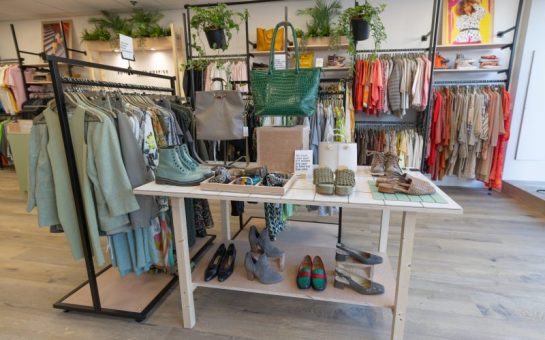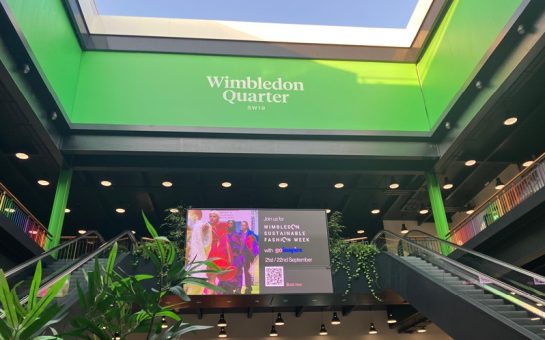After a year of strict lockdowns and shrinking economies, the luxury fashion sector has been forced to evolve to survive.
Built on exclusivity and social events, strict lockdowns across Europe have been detrimental to the success of many luxury fashion brands, due to a combination of factors including forced store closures and a steep decline in tourism.
Luxury fashion brands historically have underinvested in their digital services, in fear it devalued the luxury experience, leading to a reliance on in-store purchasing.
The forced closure of stores due to regional lockdowns thus came to many as an unwelcome change.
Many brands had previously solely outsourced the fulfilment of their online business to multi-brand digital platforms, rather than running it themselves.
Even as stores begin to re-open across Europe, strict rules regarding trying-on items along with maximum store capacities has caused store traffic to decrease.
Senior associate at the investment bank Jefferies, Kathryn Parker noted: “The fact luxury brands did not value the digital market enough to manage their online services themselves is another indication of why perhaps they were not so good at recovering all of their sales online.
“The traffic that has been lost is more the people that would go to browse more casually, and this is because the experience is not as much fun as it was.”
Diminished tourism to Europe caused by the pandemic has also affected luxury fashion brands, due to their dependence on foreign shoppers.
Parker explained: “In Europe, most luxury brands have around a 50% exposure to tourism.”
Despite luxury fashion being a global industry, the decline in tourism from China has particularly been noted to have impacted luxury brands.
According to Jefferies, Chinese consumers are responsible for 80% of growth in the luxury market.
With lockdowns in place, Chinese customers that would have previously purchased in large quantities whilst on holiday in Europe were now unable to do so.
The challenge for the luxury brands was to recapture these Chinese consumers by converting them into domestic demand and simultaneously persuade their European customers to buy online.
China experienced considerably less impact from store closures than Europe, as prompt and strict lockdowns enabled stores to reopen quickly.
This meant that luxury brands could appeal to Chinese customers by encouraging them to purchase from their stores in China or online, converting them into ‘local demand’.
A brand’s ability to achieve this was determined by the size of its pre-existing store networks in China, and the level of investment in digital marketing within the Chinese market.
A source from a luxury outerwear company said: “We’re contacting customers by e-mail, by phone, depending on the degree of frequency of the client, encouraging them to come back in our stores or online and buy again in their own country.”
The brands also noted similar trends in what customers were choosing to buy online during this time.
Whilst there was, across the sector, a fall in sales of ready-to-wear pieces such as dresses, there was a continued demand for accessories.
Parker explained: “If you’re not going to a party, then you’re not going to buy a new dress for that party, but you might treat yourself to a nice handbag.”
Additionally, an online image is usually sufficient to determine whether you like a bag, whereas you may need to try on a piece of clothing before you decide to purchase.
Not all luxury brands, however, did face these same problems.
The brand Brunello Cucinelli was resilient during the pandemic, despite accessories totaling only 15% of their revenue.
Pietro Arnaboldi, Investor Relations & Corporate Planning Director at Brunello Cucinelli credited the resilience of the brand to its increased digital investment and its focus on local clientele rather than an international audience.
He also noted the day-time nature of its designs as playing an important role.
He said: “Casual, chic ready-to-wear for day is our identity, and this is a perfect match with our clients’ needs.”
As across the sector, demand for sportswear, outerwear and loungewear remained high during the pandemic, the brand’s focus on daywear seems to have played a crucial role in its success.
Arnaboldi also emphasised the importance of Brunello Cucinelli’s humanistic approach appealing to modern shoppers.
He said: “Sustainability has become something that everybody wants to talk about and for us, the respect of human beings is part of our DNA and our philosophy.”
It remains to be seen whether the industry returns to a tried and tested approach, or like many other industries, begins to adopt a more sustainable digital stance and acknowledge a ‘new normal’.




